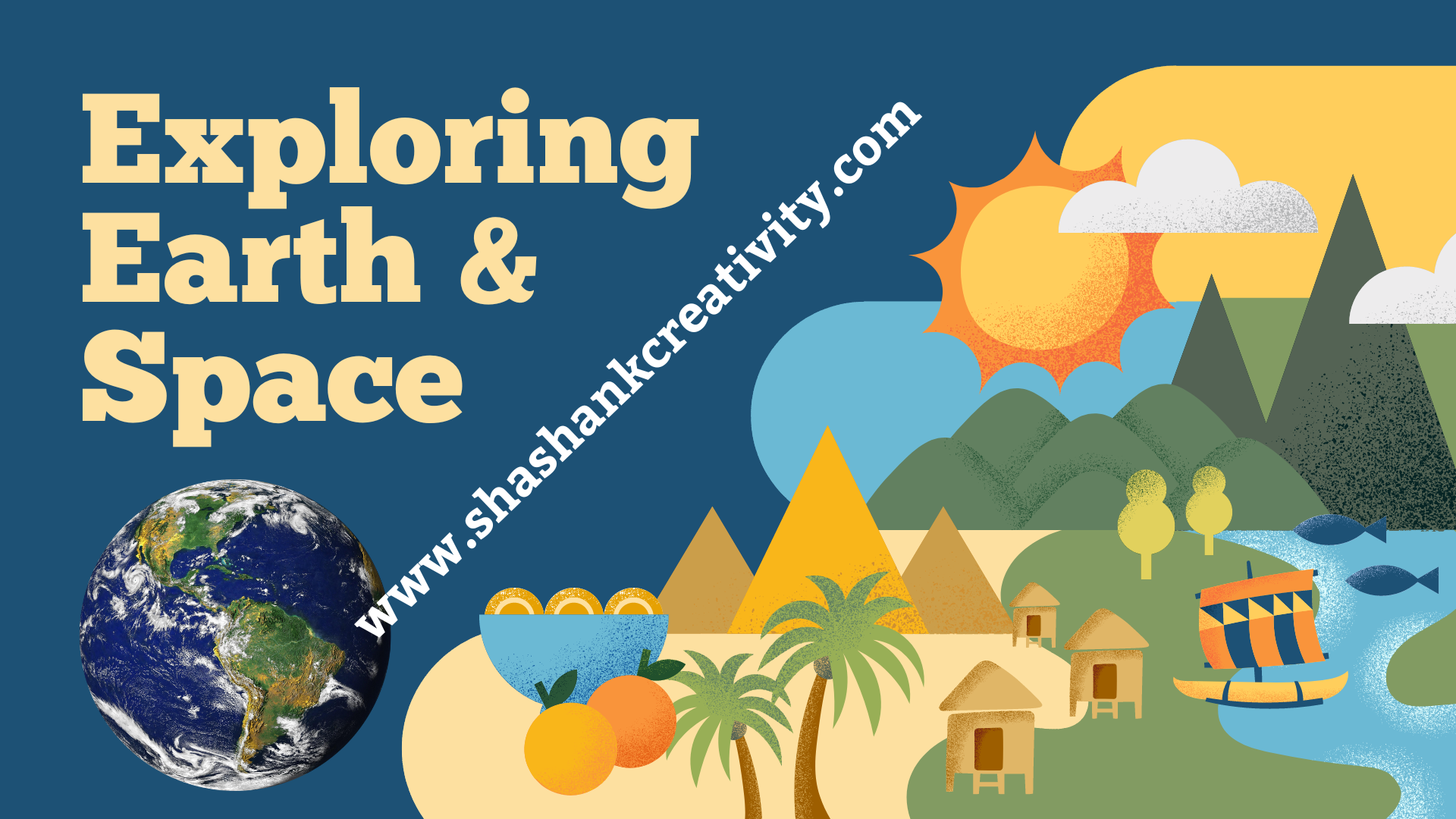Discover the fascinating chronology of how water was created on Earth with our detailed description. Learn about the scientific processes that led to the formation of this life-sustaining element. Dive into our informative article.
How Water Was Created on Earth: A Chronology with Details
Water is essential for life as we know it, but how did it come to be on our planet? This is a question that scientists have been trying to answer for a long time, and there is no definitive answer yet. However, based on the evidence we have so far, we can reconstruct a possible chronology of how water was created on Earth.
- Before Earth formed, about 4.6 billion years ago, there was a disk of gas and dust around the young Sun. This disk contained water molecules, but it was too hot for them to condense into liquid water near the Sun. Most of the water was in the form of ice in the outer regions of the disk, where comets and asteroids formed.
- Earth formed from the collision and accretion of smaller bodies called planetesimals, which were mostly dry and rocky. However, some of these planetesimals may have contained water ice or hydrated minerals, and they could have delivered some water to Earth during its formation. The exact amount of water that came from this source is uncertain, but it is likely not enough to account for all of Earth's water.
- About 4.5 billion years ago, a giant impact between Earth and a Mars-sized object called Theia created the Moon and melted most of Earth's crust and mantle. This event would have vaporized any water that was on Earth's surface or in its atmosphere, creating a hot and dense cloud of rock vapor around the planet. This cloud would have cooled and condensed within a few thousand years, forming a new crust and atmosphere. The atmosphere would have been mostly carbon dioxide, with some hydrogen and water vapor. The surface temperature would have been too high for liquid water to exist, but as the planet cooled down, some water vapor could have condensed into rain and formed oceans.
- After the Moon-forming impact, Earth was still bombarded by comets and asteroids from the outer solar system. These objects are rich in water ice and other volatile substances, and they could have delivered a significant amount of water to Earth over time. Some scientists estimate that up to 70% of Earth's water came from this source. However, this hypothesis faces some challenges, such as explaining why the isotopic composition of Earth's water is different from that of comets and asteroids.
- Another possible source of water for Earth is the solar nebula, the cloud of gas and dust that remained after the Sun formed. Some studies suggest that hydrogen from the solar nebula could have reacted with oxygen in Earth's rocks to form water. This process could have occurred during or after Earth's formation, and it could have contributed up to 50% of Earth's water. However, this hypothesis also has some difficulties, such as explaining how hydrogen could have reached Earth's interior without being lost to space.
As you can see, there is no simple answer to how water was created on Earth. It is likely that multiple sources and processes were involved, and their relative contributions may vary depending on different factors. More research is needed to test these hypotheses and find more clues about the origin of water on Earth.
How water comes on earth, How does water come on earth, How did water come on earth, How did water come to exist on earth, How water comes on earth,
